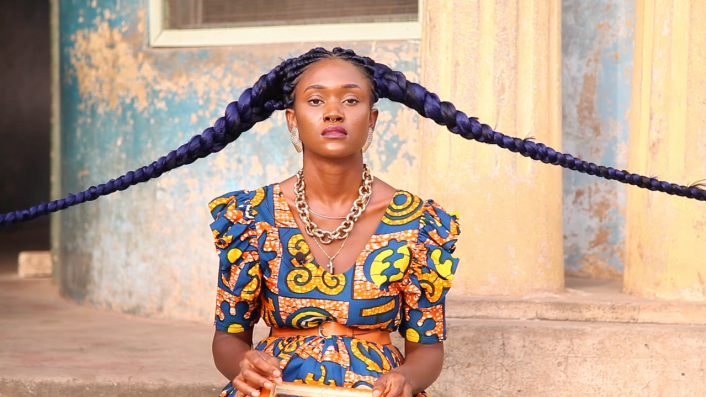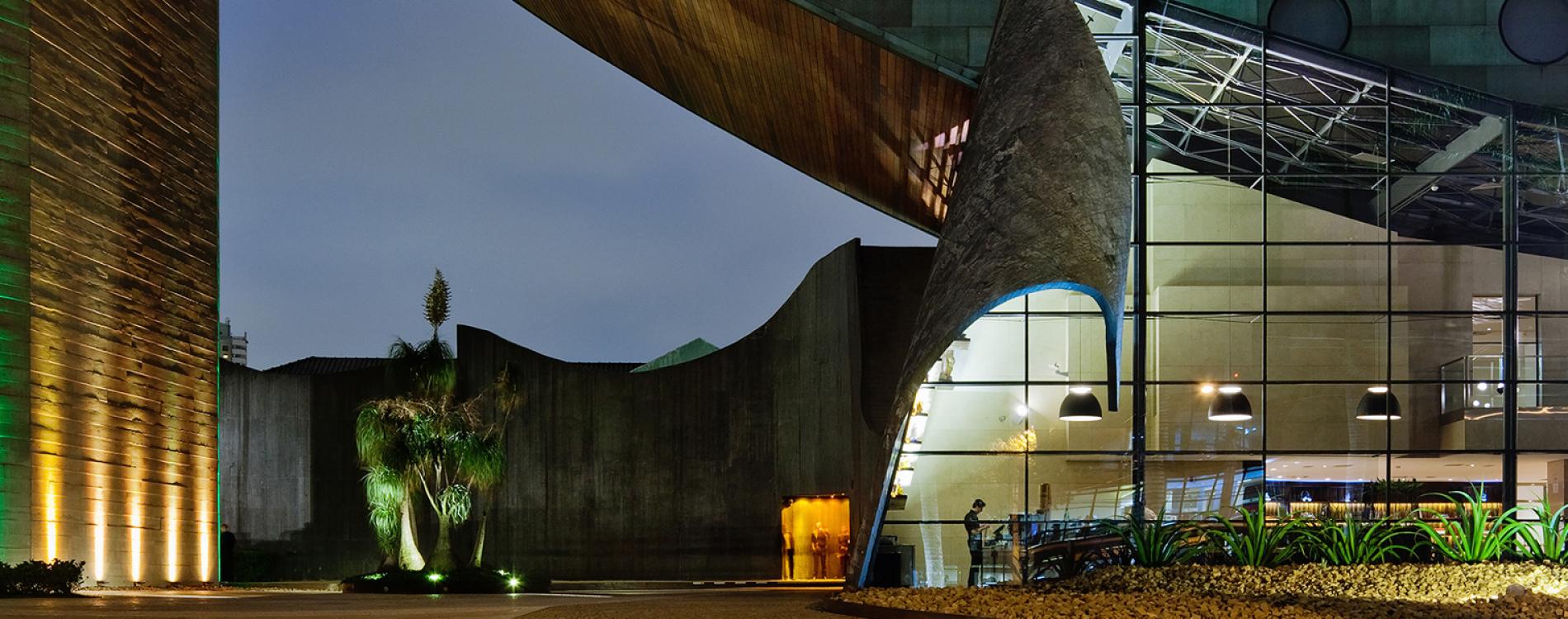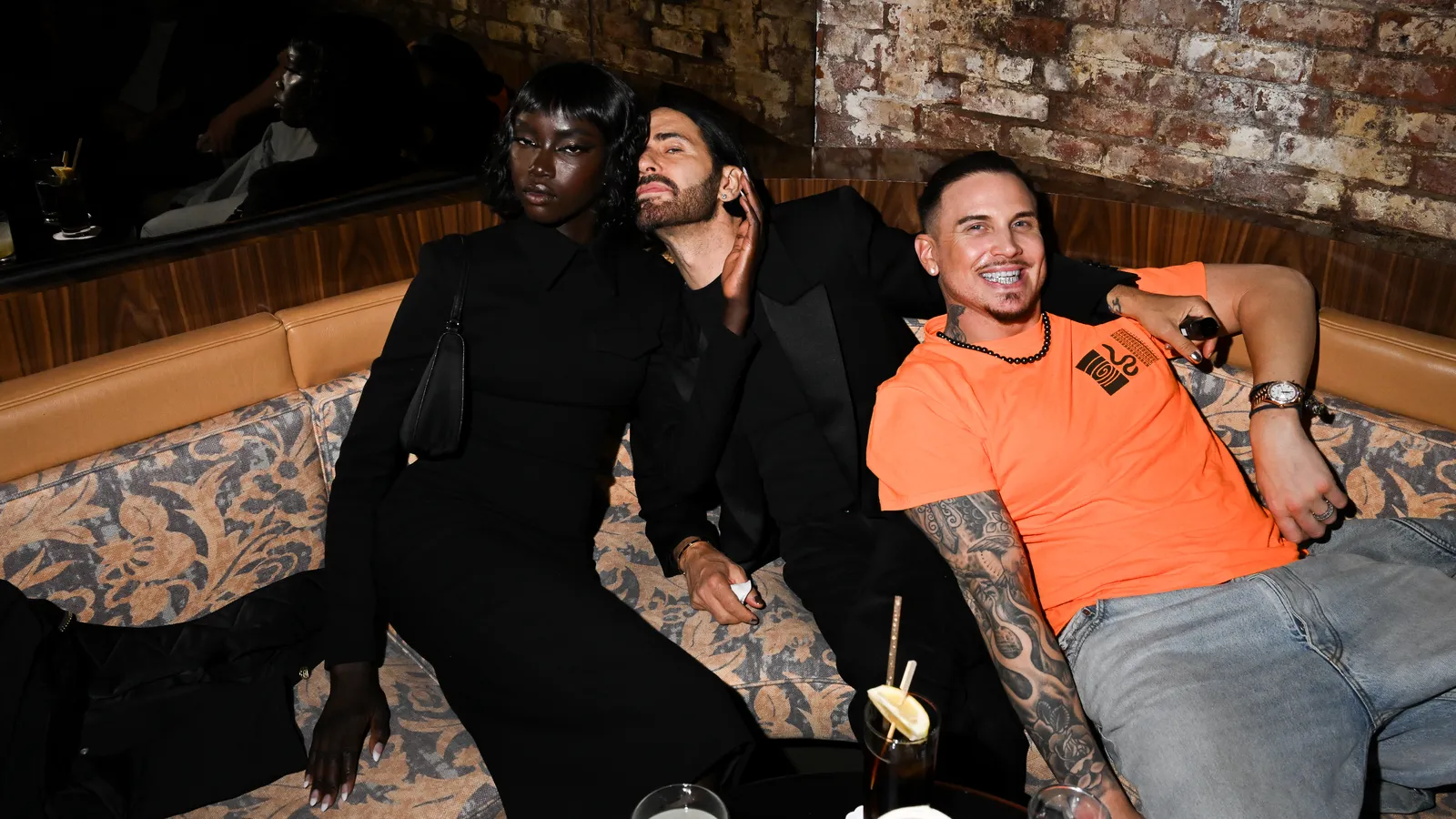Hip-hop, a cultural phenomenon that has transcended music, finds a captivating home at the Saint Louis Art Museum in an exhibition that celebrates the often-overlooked heroines of the genre. From iconic figures like Salt-N-Pepa to contemporary powerhouses like Megan Thee Stallion, women artists have consistently shaped and reshaped the hip-hop landscape, making their indelible mark while facing the shadows of neglect and misrepresentation. In this blog, we dive into “The Culture: Hip Hop and Contemporary Art in the 21st Century,” a groundbreaking exhibition thoughtfully co-organized by the Baltimore Museum of Art and the Saint Louis Art Museum.
Unveiling a Legacy

“The Culture” exhibition, which runs until January 1, explores the pervasive influence of hip-hop culture, transcending music to encompass contemporary art, fashion, technology, and social justice movements. At its core, the exhibition challenges preconceived notions that often center on the United States and a predominantly masculine perspective of the genre. While the exhibit does acknowledge the multifaceted contributors to hip-hop, it shines a well-deserved spotlight on women artists, revealing the intricate roles they have played as creators and subjects.
The Intersection of Art and Culture

Within the exhibit, visitors will encounter the works of nationally renowned visual artists such as Carrie Mae Weems and Lauren Halsey, presented alongside the creations of local talents like Yvonne Osei and Jen Everett. This amalgamation of artistic expression goes beyond traditional visual art, extending to tangible pieces of hip-hop history. Notable among these artifacts are Lil’ Kim’s distinctive logo and her iconic zipper wigs, meticulously crafted by Dionne Alexander, and a velour tracksuit designed by Kimora Lee Simmons of Baby Phat. These tangible elements of hip-hop history bring visitors closer to the culture’s origins and evolution.
A Global Influence

One of the exhibition’s most compelling aspects is its emphasis on the global reach of hip-hop as a rich diasporic tapestry of symbols and references. A notable piece, Yvonne Osei’s video “EXTENSIONS” (2018), transports viewers to Ghana, where the influence of hip-hop on music, fashion, and hairstyling is evident. In the video, a village woman gazes at her smartphone as skilled stylists braid her hair with striking cobalt blue extensions. Osei emphasizes the reciprocal influence between Ghanaian artists and their international counterparts, highlighting collaborations such as Shatta Wale and Beyoncé and the creative contributions of designers like Christie Brown to music tours.
An Artistic Tribute

Some of the artworks on display take a more abstract approach to explore the intersection of hip-hop and Black female identity. Jen Everett’s sculptural installation, “Unheard Sounds, Come Through: Extended Mix” (2022), features wooden speakers, cassettes, and transistor radios. This piece, part of a larger series, pays homage to MC Lyte and Queen Latifah, pivotal figures in the history of hip-hop. Everett’s work strives to push the boundaries of traditional representations of Black interiors, presenting a nuanced perspective of Black female identity and its significance in hip-hop culture.
Leaving a Lasting Impression
As visitors conclude their journey through the exhibition, they are met with the bold diptych “Open and Closed” (2021) by Baltimore painter Monica Ikegwu. The artwork portrays a young woman in a red puffer jacket, poised against an electric crimson background. In “Open,” she confidently sheds her puffer jacket, revealing her tank-topped torso, evoking a sense of self-assured empowerment.
Monica Ikegwu’s artwork underscores the profound influence of hip-hop culture in our daily lives, from the way we dress to the way we carry ourselves. It serves as a reminder that women have not only contributed to hip-hop from its inception but continue to assert their presence unapologetically.
In “The Culture: Hip Hop and Contemporary Art in the 21st Century,” we witness a vibrant tapestry of artistic expression that redefines and celebrates the influential role of women in hip-hop culture. It is a testament to their resilience, creativity, and enduring impact on a genre that has shaped the world.







